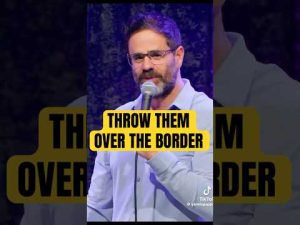In the chaotic landscape of international news, it becomes increasingly clear that caution is needed to navigate the narratives being shared, especially in areas like Gaza. Recent videos have surfaced claiming to show children in desperate conditions, crying out for help and suffering from starvation. Unfortunately, the distress in these images is real, and international aid organizations have confirmed a severe hunger crisis affecting Gaza.
Aid groups, doctors, and UN data have pointed to conditions indicative of famine, and the World Health Organization has called Gaza’s situation one of the world’s worst hunger crises, emphasizing that people are indeed starving, sick, and dying. These statements are corroborated by various credible sources indicating the dire need for food aid following months without humanitarian supplies.
While some attempts have been made to challenge the authenticity of these reports by showing markets with food, fact-checkers have clarified that such footage often only highlights expensive specialty items, beyond the reach of most residents, while staple foods remain scarce.
The history of propaganda shows that narratives can often be manipulated to push agendas, but in this case, the overwhelming evidence supports the severity of the humanitarian crisis. It underscores the importance of personal responsibility for the media and individuals to verify information and understand the breadth of the situation before spreading potentially misleading narratives.
As citizens, maintaining vigilance in questioning the narratives presented is crucial, ensuring that the truth of those suffering is unseen. The imperative is clear: verify the facts and seek the truth to prevent the distortion of reality for political gain. The American spirit thrives on truth, and it is this truth that must prevail.







